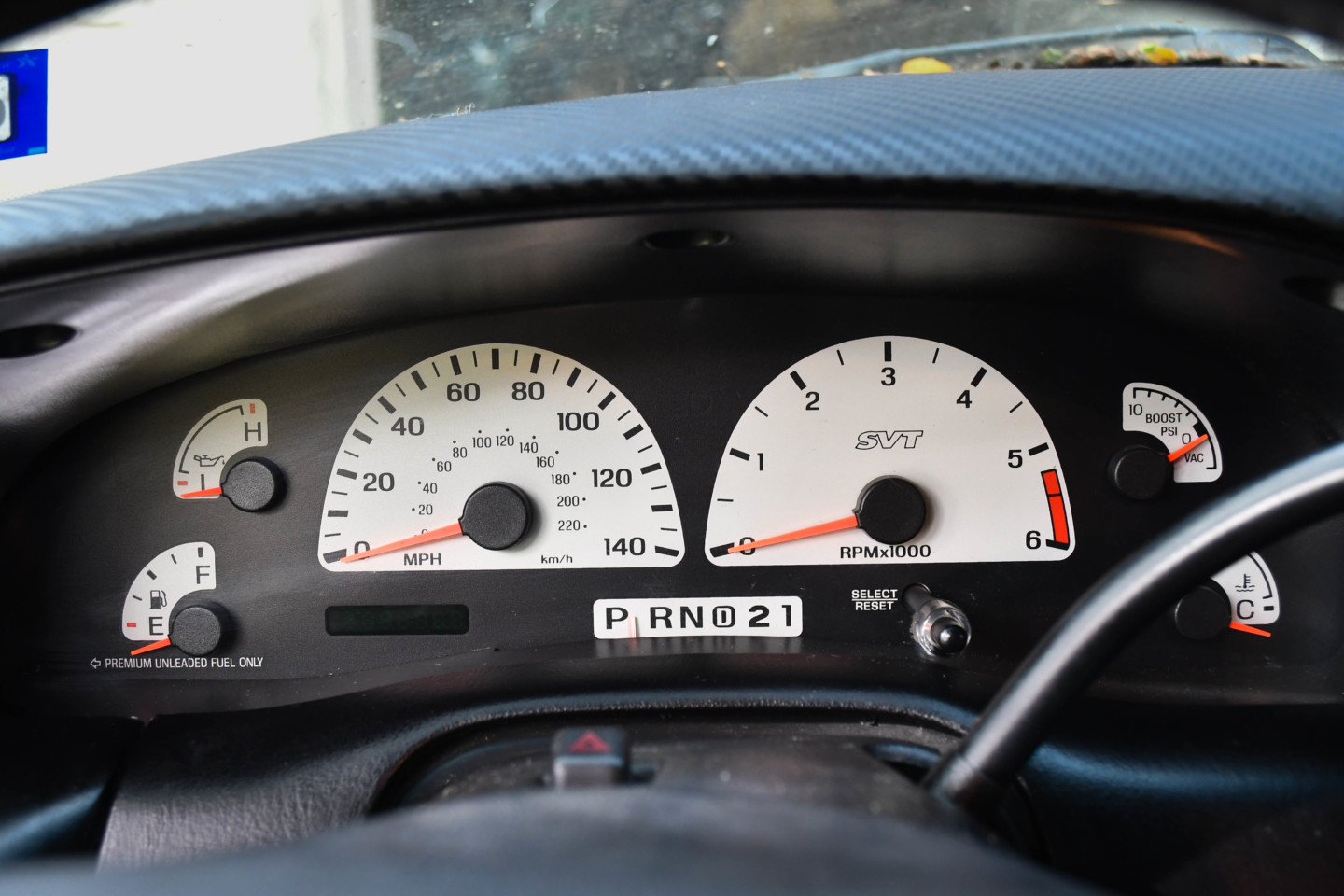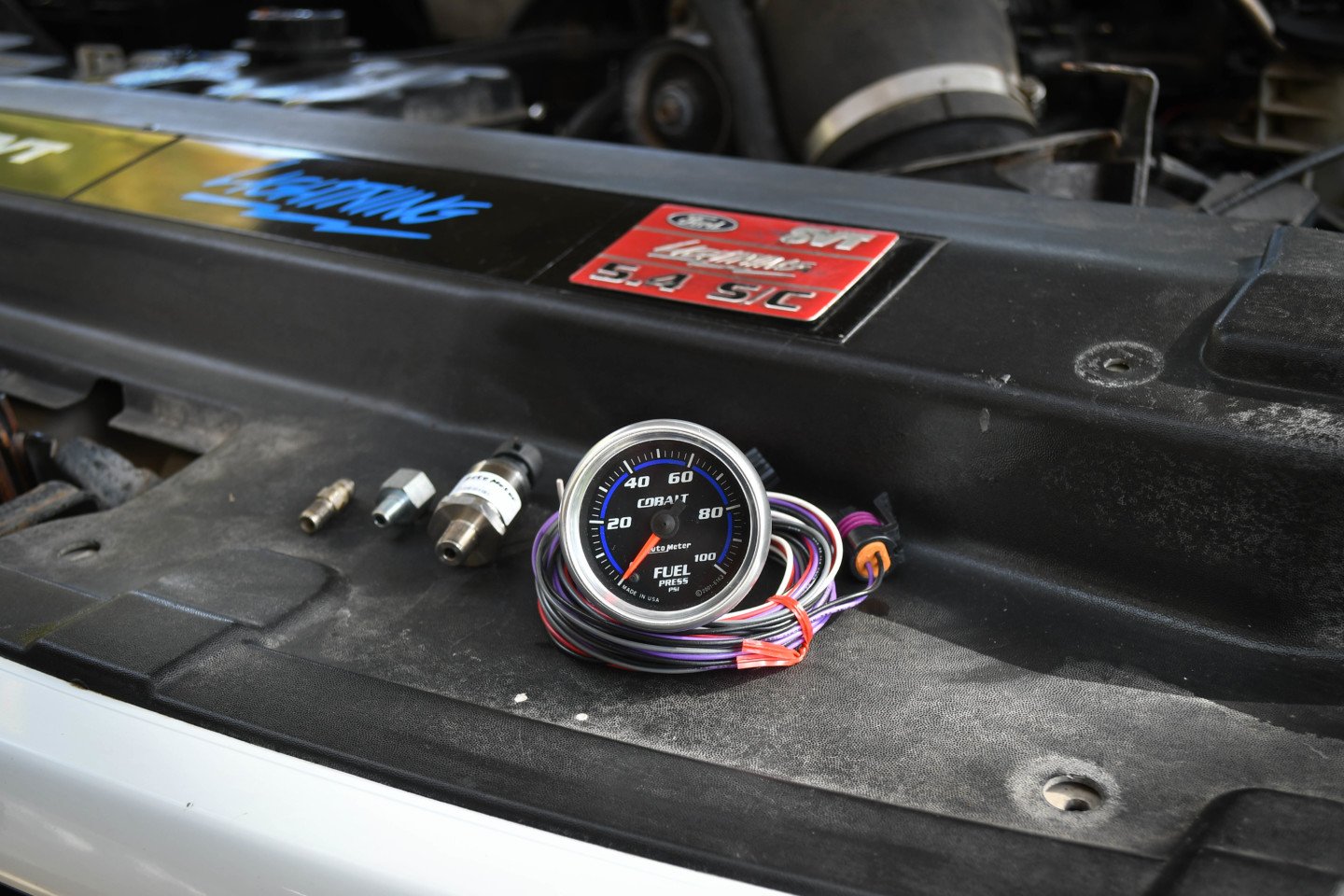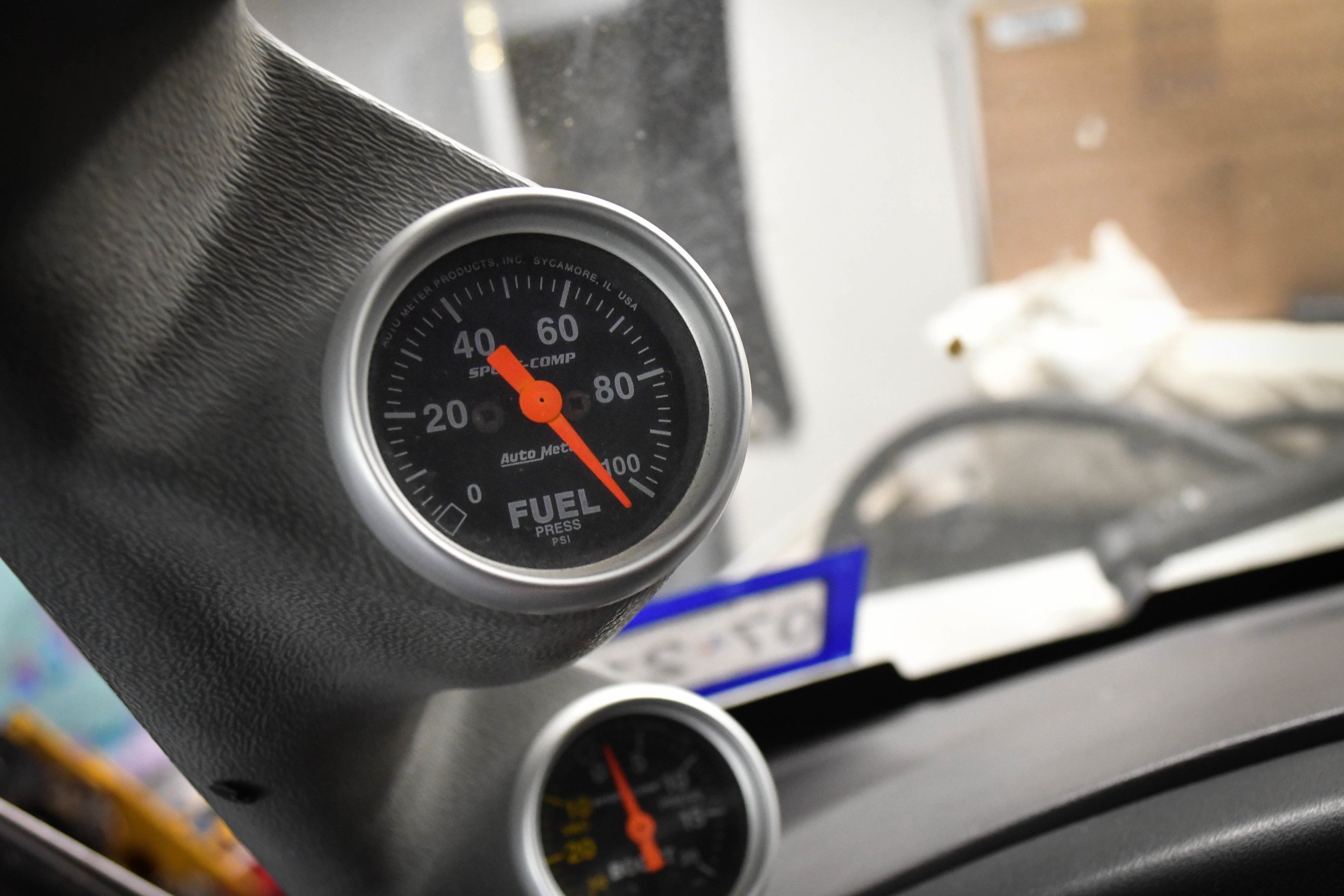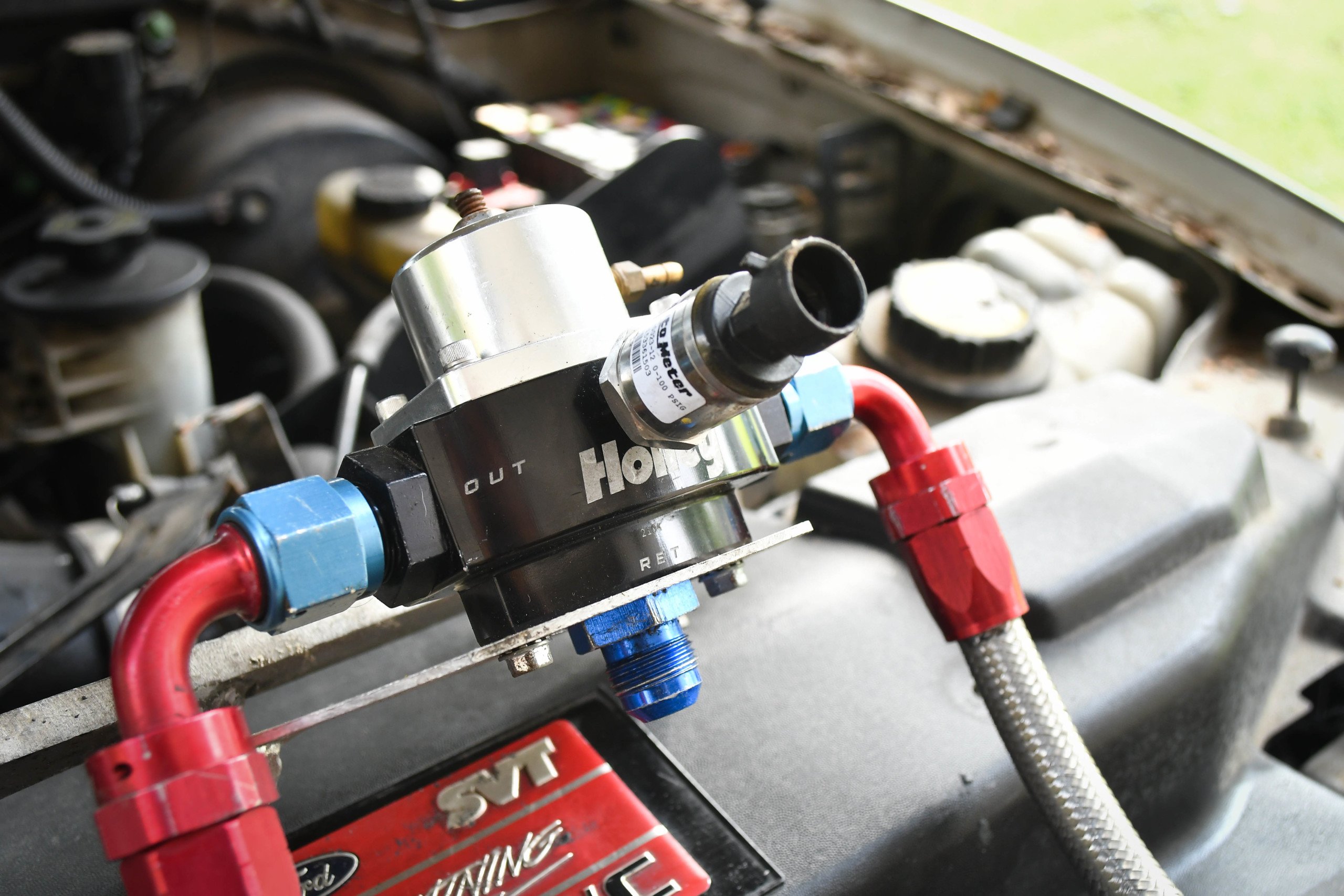It doesn’t take a scientist to know that the internal combustion engine loves fuel. While the criteria for a running engine involves air, fuel, spark, and compression, fuel pressure is critical to making sure an engine survives. This rings especially true in a high-performance application. Although there are standalone controllers that can monitor fuel pressure and set safety parameters, the truth of the matter is not everyone has the budget for or requires a full standalone engine controller.
In my case, a 2002 Ford Lightning I had just acquired was having running issues starting at mid-throttle. While the idea of bypassing mid-range power and ramping directly into wide-open throttle had crossed my mind — especially since I wanted to compare the full-bolt-on Modular motor to my built small-block Ford — it was for the best that I waited until I had adequate fuel pressure before mashing the skinny pedal. I knew I had air, but it was unclear on the other three variables.
Since I was already removing the spark plugs, I decided to do a compression test while I was in the engine bay.
After navigating my hands around the second-generation Lightning’s Eaton blower, I was able to pull each coil pack and spark plug. On the bright side, my truck was well past the years of four-thread heads, and my spark plugs came out of the engine while the threads stayed in place. I then continued my process of elimination with a compression test. Once the compression test was finished and read perfect, I outfitted the 5.4-liter engine with all new spark plugs, I returned to my testing to see if it had improved. Unfortunately, the situation persisted and the Lightning and I were back in the garage pondering our existence.
While Ford Motor Company declined to add a fuel pressure gauge to the factory cluster and I wasn’t able to see fuel pressure through the OBD-II port, I had limited options to diagnose what I had hoped was a fuel related issue. The easiest option was to remove the Schrader valve on the passenger side fuel rail and install an aftermarket fuel pressure gauge.

Although the battery gauge is dismissed in favor of the boost gauge on the Lightning, the cluster still has the same basic layout as its non-SVT brother, including not having a fuel pressure gauge.
Before spending the money on a proper setup, I decided to make one utilizing a fuel rail Schrader valve, a short length of hose, and a 0-100 psi gauge. This setup was not uncommon before electronic fuel pressure gauges became more available, as hot rodders would simply mount it on the cowl to pass NHRA tech; however, for a street-going vehicle in the 21st century, it felt out of place.
There was only one problem, well, way more than just one problem with my setup.
I had mounted a fuel hose directly onto my windshield that was holding back 43.5 psi of fuel pressure at idle, and what was supposed to be close to 60 psi when the Lightning switched from low mode to high. Thankfully, no leaks came seeping out and no footage will ever be found of this. After all, this makeshift setup was only temporarily used to prove fuel pressure was the issue.
I knew I had to create a more permanent situation to continue testing, as driving around with a gauge plastered to the window just did not seem safe. There was also no chance that I would route the fuel lines into the cabin to conceal what is a potential fire hazard. Unfortunately, I was not quite ready to install a complete aftermarket fuel system just yet and decided to run an electrical gauge off the diagnostic port. This is where AutoMeter Competition Instruments came in.

From left to right: The original Ford OEM Schrader valve found on the passenger side fuel rail, AutoMeter adaptor, AutoMeter sensor, wiring and AutoMeter Cobalt-series fuel pressure gauge.
AutoMeter is well known for producing products that keep you in touch with your engine’s vitals. Their line has revolved around electric, mechanical, and digital gauges, but in my case I was after a 0-100 psi electrical fuel pressure gauge that I could safely install in my truck’s interior. My end goal was to be able to monitor the data in real time during testing or after installing a new fuel product.
The idea ended up working, and after each revision I was able to test if I had indeed fixed the problem. Low fuel pressure typically revolves around a leaking injector, faulty regulator (which on the Lightning is located in the fuel rail), a leaking fuel hose issue, or more commonly on the Lightnings, the infamous Y-connector located in-tank just above the dual fuel pumps. I decided since I was well acquainted with the engine bay, to start with checking the injectors. Once those were tested and came back good, I moved onto the fuel pumps. It was during the external test that I discovered what appeared to be a leaking Y-connector, followed up by a driveway bonfire.
While my objective was to view fuel pressure on a stock fuel rail setup, it's important to remember that this can work on an aftermarket setup, as well. On my stand alone-equipped vehicle I run the AutoMeter pressure sensor directly off the fuel pressure regulator and then wire it to a gauge and aftermarket ECU. This allows me to log files to check for for fuel pressure drop off during a run and keep my eyes on it via the A-pillar mounted gauge.
Hindsight being 20:20, a fuel pressure gauge should have been one of the first things installed on this truck. It maybe even should have come from the factory with one equipped. Even though it seems simple, the gauge is more than just a neat way to display data, it’s a covenant tool that could potentially save your engine. Even in my full stand alone-equipped vehicle, I still rely on having a fuel pressure gauge in-cabin to monitor it just in case things go wrong.






